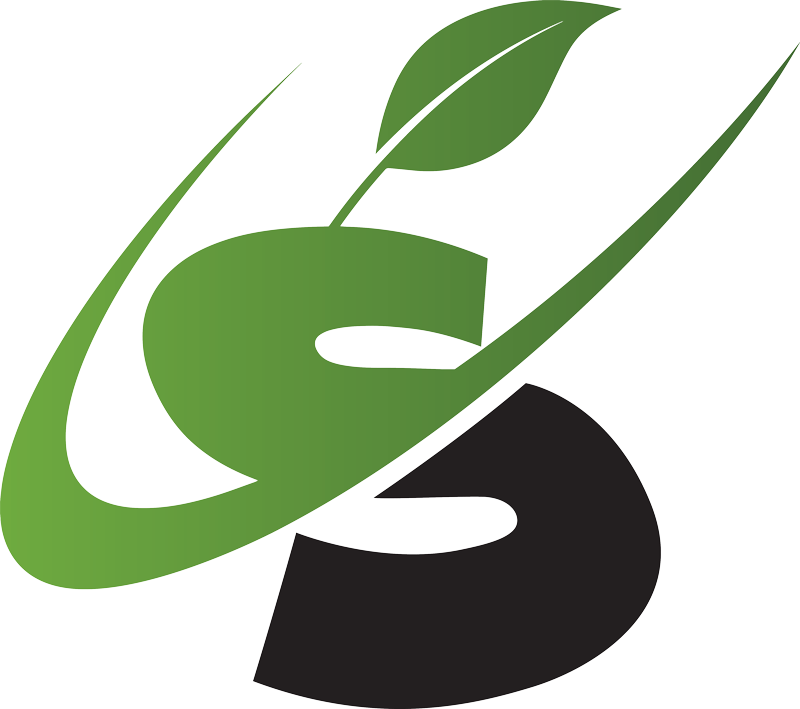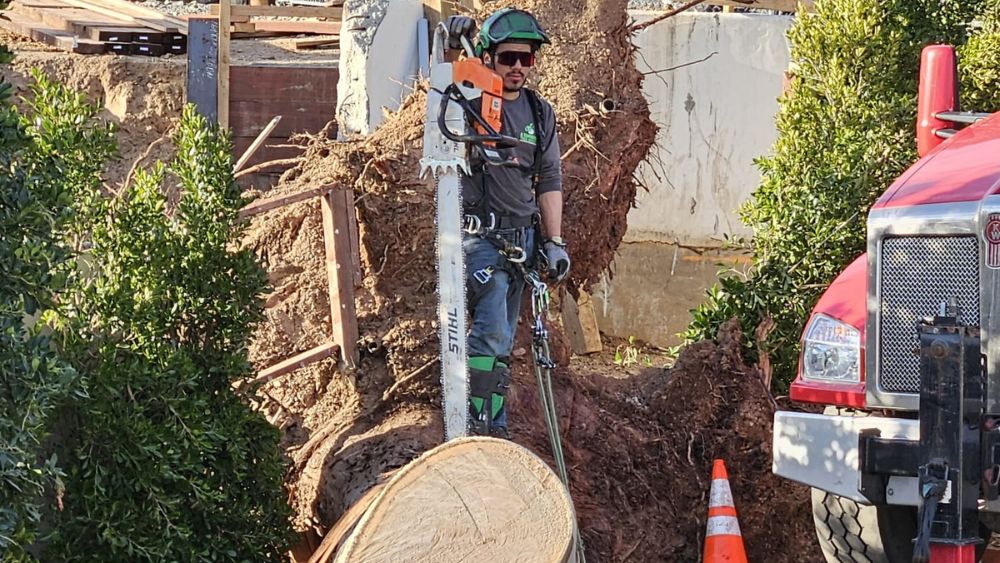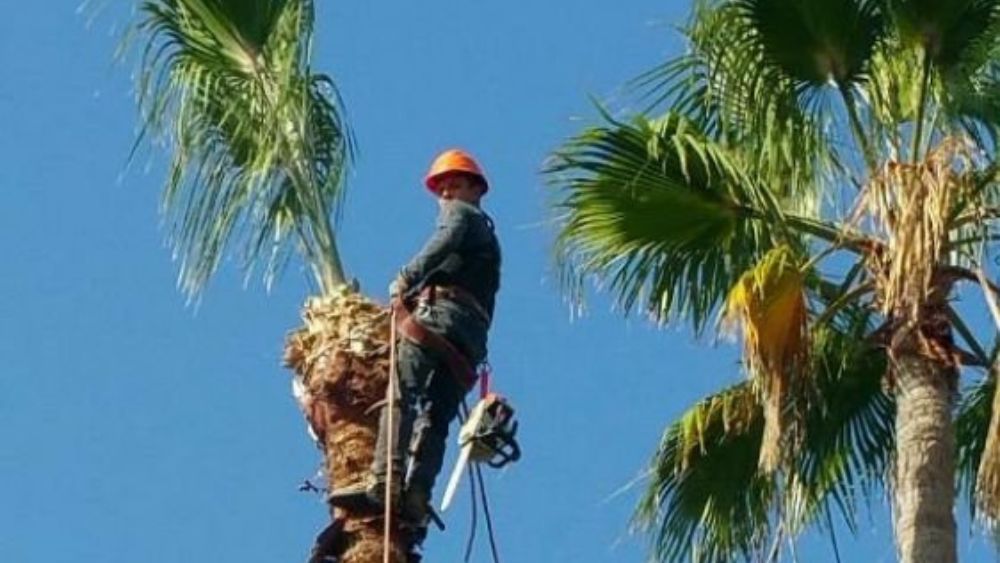Certified Arborist Providing Tree Care Services
Serving Los Angeles & Ventura Counties.
Alfredo Sandoval has a love for trees, as do his team of trained, licensed and professional staff available year round to assess your needs and provide environmentally friendly tree care, tree and stump removal, and tree maintenance.
We are proud to offer free consultations for residential and industrial properties. No project is too big (or small)!

Meet The Owner, Alfedo Sandoval
My company, A Sandoval Tree Service, is a team of trained, licensed and professional staff available year round to assess your needs and provide environmentally friendly tree care, tree and stump removal, and tree maintenance.
Testimonials

Mr. Alfredo Sandoval runs a very professional Tree and landscaping operation. He and his crew took care of a large mulberry tree that was falling over on my house. They cut the tree down within 2 hours and even cut a seat out of the stump. Mr. Sandoval is a generous and fair business owner. He gave us a very fair price for excellent work, and even gave us some really nice mulch! Look no future for tree work, A. Sandoval will get the job done!
Angela G.
Mr. Alfredo Sandoval runs a very professional Tree and landscaping operation. He and his crew took care of a large mulberry tree that was falling over on my house. They cut the tree down within 2 hours and even cut a seat out of the stump. Mr. Sandoval is a generous and fair business owner. He gave us a very fair price for excellent work, and even gave us some really nice mulch! Look no future for tree work, A. Sandoval will get the job done!

Angela G.

I have worked with many gardening companies and they don't last more than a year because they let my grass die and end up blaming the heat. But that hasn't happened with Alfredo and his team. They are truly professional and know everything that you need so your house looks amazing. They have pruned my trees, they keep my lawn nicely green, and when they pass the blower they are super careful so all the dirt doesn't go in the pool!
I've been with them for almost three years and my grass has stayed the same all this time, green!!!. If the sprinklers malfunctions they quickly change them. They make sure all the plants are trimmed, specially the ones on the side of the house. They truly care.
Thanks Alfredo and all the guys that come with you! I love the fact my kids are enjoying the playground in the backyard and I can see the dedication and love for what you do! It shows!
Definitely recommend this company!
Sharon S.
I have worked with many gardening companies and they don't last more than a year because they let my grass die and end up blaming the heat. But that hasn't happened with Alfredo and his team. They are truly professional and know everything that you need so your house looks amazing. They have pruned my trees, they keep my lawn nicely green, and when they pass the blower they are super careful so all the dirt doesn't go in the pool!
I've been with them for almost three years and my grass has stayed the same all this time, green!!!. If the sprinklers malfunctions they quickly change them. They make sure all the plants are trimmed, specially the ones on the side of the house. They truly care.
Thanks Alfredo and all the guys that come with you! I love the fact my kids are enjoying the playground in the backyard and I can see the dedication and love for what you do! It shows!
Definitely recommend this company!

Sharon S.

I'm so glad I found this company online while searching for a good quote , Alfredo and I set up a time and date to meet and talk about my landscape and my trees to be done he explained to me thoroughly and professionally step by step . I will definitely keep him and his crew around ! I highly recommend this company. They do a wonderful job from the brand new landscape to the tree trimming and irrigation system.
Liliana Q.
I'm so glad I found this company online while searching for a good quote , Alfredo and I set up a time and date to meet and talk about my landscape and my trees to be done he explained to me thoroughly and professionally step by step . I will definitely keep him and his crew around ! I highly recommend this company. They do a wonderful job from the brand new landscape to the tree trimming and irrigation system.

Liliana Q.




